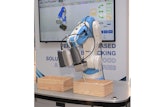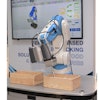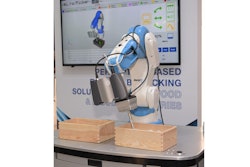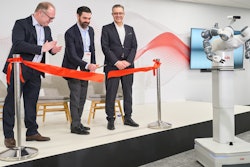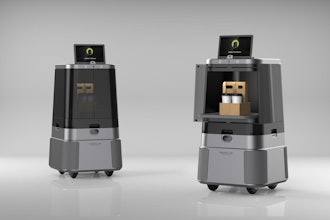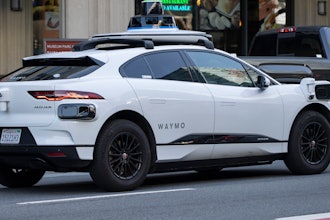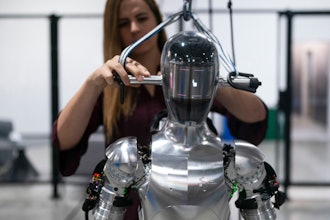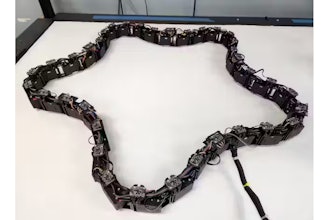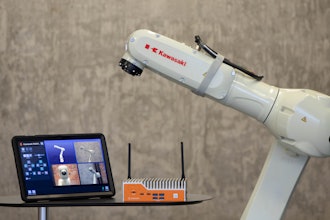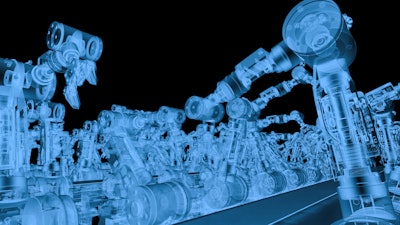
An influx of connected devices into the industrial zone has introduced greater complexity in the form of programming, connectivity and security requirements. This added complexity, if not properly managed, can limit the potential of smart manufacturing and introduce risk.
For example, greater capacity or bandwidth is needed to fully capitalize on smart devices or new technologies. Machine and process data also must be delivered to workers in a way that helps them make better decisions. And greater industrial security is needed to help protect intellectual property, physical assets and workers.
Implementing a smart manufacturing approach requires an automation system that can keep up with these demands. When designed and configured in one software environment, the latest automation and control technologies can help manufacturers design, operate and maintain a high-performing system more efficiently. Here are some key capabilities to consider.
Increased Capacity and Bandwidth
A smart operation introduces more devices, more connection points and increased information sharing. Your automation system should have the necessary application capacity and communications bandwidth to handle these requirements. The latest controllers, for example, support faster system performance and the growing adoption of smart devices.
They offer up to 45 percent more application capacity and 1-gigabit Ethernet bandwidth to support high-speed communications, I/O and applications with many axes of motion. Also, new distributed I/O systems with dual 1-gigabit Ethernet ports can scan up to 10 times faster than existing I/O systems.
Better Decision Making
An abundance of data can hinder rather than help if it isn’t properly managed. The latest human-machine interface (HMI) software is designed with this in mind. It can present operators with easy-to-understand graphical displays and provide quick access to alarms. It also can report, route and store event data, providing system-wide diagnostics for troubleshooting and determining root cause.
Plant managers and executives also can use mobile HMI software to monitor and manage operations whether they’re in the office, at home or on the road.
Improved Productivity
The traditional approach to designing machines and systems requires using multiple design tools. This forces designers to jump between the tools and to learn different programming languages, menus and commands. A lack of interoperability can also result in redundant programming and require the support of multiple teams. Larger projects in particular often require the support of multiple design engineers and system integrators who may be located across countries and time zones.
Integrated development software can eliminate the need for separate tools by bringing multiple design functionalities together in one environment. This creates a simpler experience that can help improve design productivity. The integrated environment also helps improve productivity after a smart system is operational. It creates a central location from which operators and maintenance technicians can reconfigure devices, troubleshoot issues and access system information.
Streamlined Troubleshooting and Maintenance
The emergence of self-aware and system-aware devices offers significant maintenance benefits. Self-aware servo drives use self-diagnostics to detect resonant frequency and can then automatically make tuning adjustments on their own. This can help optimize machine performance over time and reduce the need for regular tuning maintenance.
Mobile HMI software also can help simplify maintenance. The software can give technicians access to real-time and historical information right on their smartphones if a problem arises.
Robust Security
A smart manufacturing operation is not without risks. More connection points create more vulnerability for security threats, both malicious and unintentional.
Network infrastructure plays an important role in any industrial security program. For example, an infrastructure using industrial firewalls and managed switches can help bridge IT and OT more securely.
But the control system also plays a crucial role. Controllers, drives and other devices used in a smart operation should have security built into their design. The latest controllers, for instance, incorporate advanced security technologies and software features, such as digitally signed and encrypted firmware, change detection and audit logging.
Development software also now incorporates more built-in security features, such as user authentication and access control.
A modern, intelligent automation system can help you meet today’s smart manufacturing goals, while also preparing you to take advantage of greater connectivity in the coming years. More connected devices will continue to create more opportunities but also put new demands on your operations, and the security threats targeting industrial control systems will grow in parallel with the connection points themselves.
The right automation system can help future-proof your operations and prepare you for these changes, allowing you to more easily expand and take advantage of new control, information and security technologies as they come to market.
